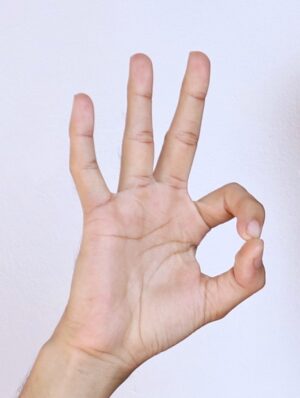Even if you don’t have a carpal tunnel diagnosis, you might be noticing the symptoms. Typically, they include tingling and numbness in your first four fingers, weakness, and pain. You may also notice daily difficulties, like typing on a computer keyboard, mowing the lawn, or grasping a tennis racket.
Carpal Tunnel Syndrome is a common condition that affects 1 to 5% of the population. It’s three times more prevalent in women than men. Fortunately, effective non-surgical and surgical options exist.
In mild or moderate cases, you can wear a wrist brace, ice the affected area, elevate the wrist with a pad while using a computer, or receive steroid injections. “If it’s not better in a year, you need to see me,” says Dr. Joshua Thomas. He’s a fellowship-trained shoulder surgeon who also cares for hand and wrist conditions at Glacial Ridge Center for Surgical Care. “And if they see me,” he says, “they’re going to receive an EMG (electromyography) test that will show whether the carpal tunnel is mild, moderate, or severe.”

Testing Your Nerves
The diagnostic EMG takes about 30 to 40 minutes and consists of tiny pricks to muscles and a measurement of nerve response. The test reveals which nerves are damaged and is critical to diagnosing carpal tunnel syndrome and its severity.
There are also two tests you can try at home:
1. The A-Okay test (visual to the right) is a simple measure of muscle strength.
2. Tap on the nerve on the underside of the wrist, where the hand meets the wrist. If it tingles, it’s most likely a symptom of carpal tunnel syndrome.
When it’s Time for Surgery
When the non-surgical options for carpal tunnel don’t provide relief, it’s time for surgery. The procedure to alleviate the pressure on the nerve is called carpal tunnel release. Dr. Thomas performs the open carpal tunnel release, which is considered the Gold Standard procedure. It’s performed through an open one-inch incision.
Are you experiencing symptoms of carpal tunnel? Dr. Thomas advises, “It’s essential to get a handle on your condition before it becomes severe.”


